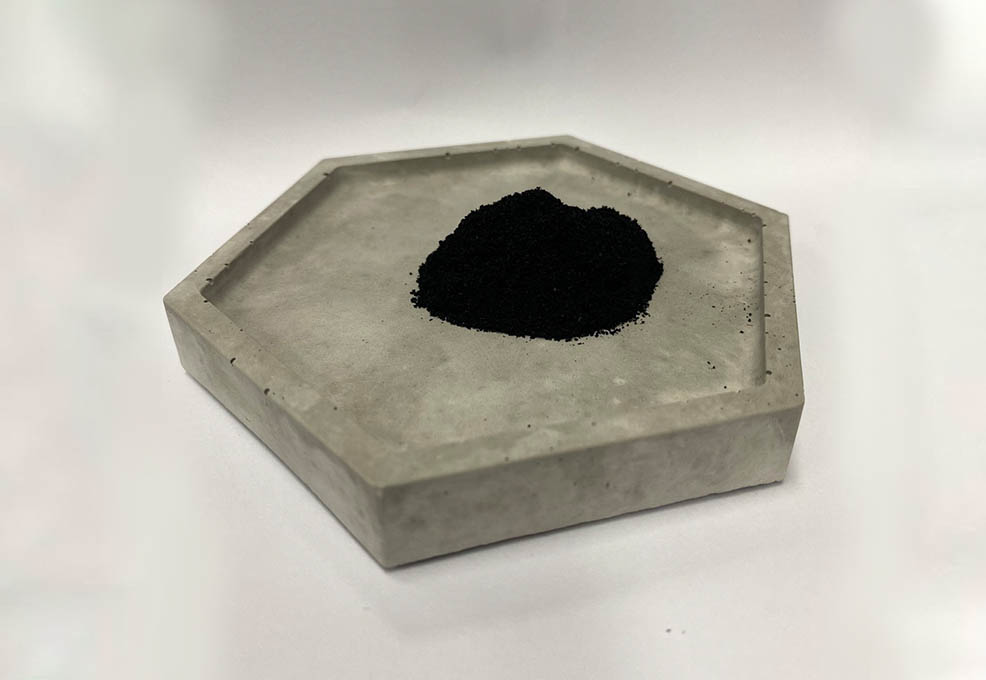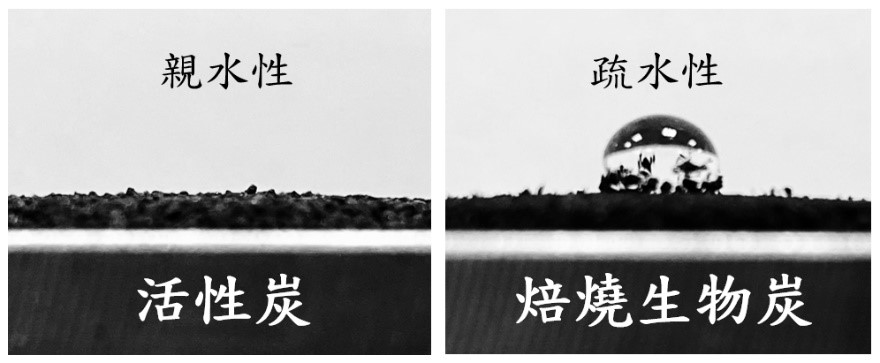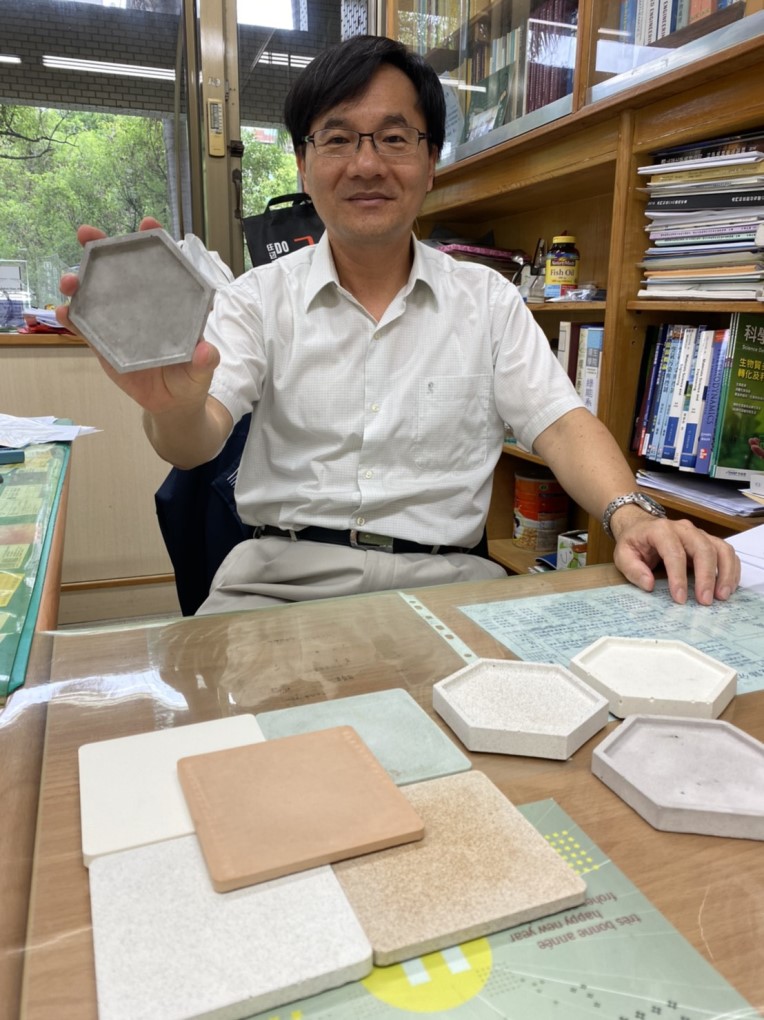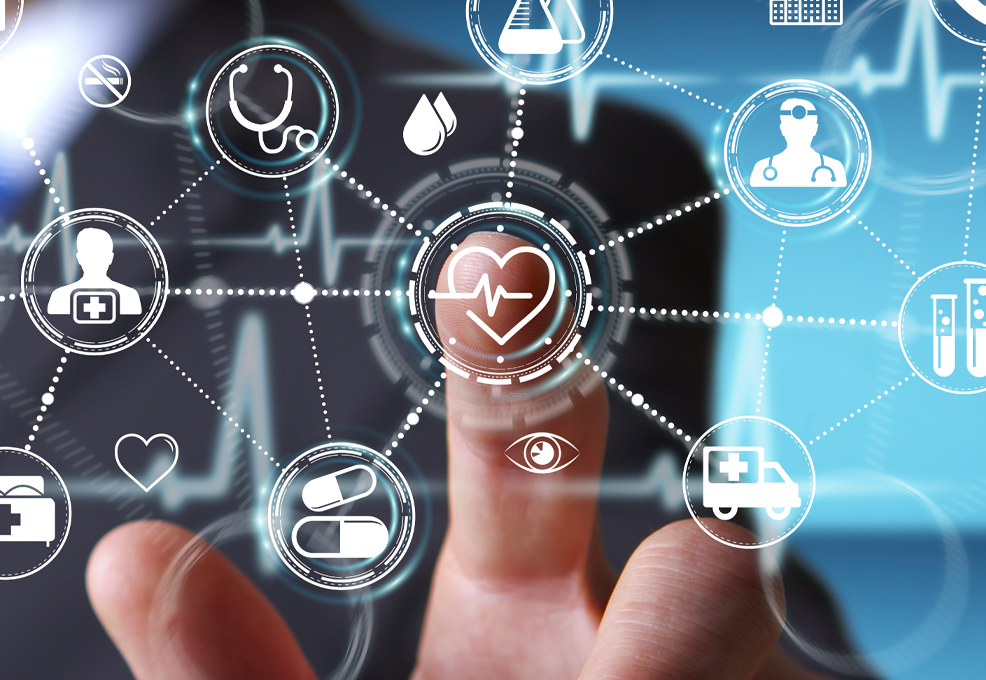“Facial-Mask” Technology for More Efficient Batteries

Author(s)
Wei-Hsin ChenBiography
Professor Wei-Hsin Chen received his Ph.D. degree from the Institute of Aeronautics and Astronautics, National Cheng Kung University in 1993. He has been a faculty member of Fooyin University, National Taiwan Ocean University and National University of Tainan. Now he is a distinguished professor in the Department of Aeronautics and Astronautics, National Cheng Kung University, Taiwan. He was also an invited lecturer at the University of Lorraine, France in 2019 and 2020. His research topics focus on bioenergy, hydrogen energy, clean energy, carbon capture, and atmospheric science. He has published around 550 papers in international and domestic journals and conferences. He is the associate editor of the International Journal of Energy Research, and an editorial member of Applied Energy, Energies, BMC Energy, Energy, Ecology and Environment, etc. Professor Chen obtained the Outstanding Research Award in 2015 and 2018, the Highly Cited Paper Award (Applied Energy, Elsevier) in 2015, the Outstanding Engineering Professor Award in 2017, the Highly Cited Review Article Award (Bioresource Technology) in 2019, and the Web of Science Highly Cited Researcher Award for four consecutive years (2016-19).
Academy/University/Organization
National Cheng Kung University-
TAGS
-
Share this article
You are free to share this article under the Attribution 4.0 International license
- ENGINEERING & TECHNOLOGIES
- Text & Image
- January 15,2021
Microorganisms are defined as the small unicellular or multicellular organisms which need a favorable environment (relative humidity, temperature, pH level, O2 level, salinity, available nutrients, etc.) to grow and form a population. In their airborne state, microorganisms do not present in a single body, but rather assemble with other substances such as air, water droplets, fungal spores, pollen grains, organic or inorganic materials to establish a mixture called bioaerosol. Bioaerosol may be carried away by the air then attach to the surface of the material where it begins its life cycle. Bioaerosol contains several biological substances that are possibly pathogenic and endanger human life (e.g., enveloped virus SARS-CoV-2 is the cause of coronavirus disease 2019). Therefore bioaerosol management is important. One possible way to manage the growth of microorganisms within bioaerosol is by controlling the relative humidity of the bioaerosol. Attachment of the bioaerosol to hydrophobic materials leads to the destruction of its structure through forces such as conformational re-arrangement of the surface tension and shear stress. It leads to the low water content in the bioaerosol concurrently with the high concentration of free H+, and hence assembles an acidic environment which does not support the growth of microorganisms. Torrefied biomass, namely biochar, is a kind of hydrophobic product from the torrefaction process. Torrefaction is one of the thermochemical pathways to produce biochar, and has a temperature operating range of 200-300 °C. The excellence of this process is its capability to improve the character of the material from hydrophilic to hydrophobic. Biochar can be generated from raw or waste materials, and can be applied to fomites, as well as building materials, filters, stationery, etc. It potentially reduces the growth of microorganisms by providing the surface physical contact.
Microorganisms or microbes are defined as the microscopic organisms that exist in a unicell or a colony of cells. Microbes are always related to bacteria, archaebacteria, protozoa, fungi, algae, and viruses. They are well-known as organisms that can grow and form a population rapidly. Among all of the necessities of microorganisms, the relative humidity, temperature, pH level, O2 level, salinity, and available nutrients are the six main requirements that must be fulfilled for microorganisms to successfully grow. Water is an essential factor for not only microorganisms but also macroorganisms (plants and animals) to survive. Generally speaking, the water content of the material is the sum of free water and bound water, of which free water has the greatest influence on microbes because microbes can use it to maintain their normal metabolic activity. The amount of free water that is available in a substance is expressed in terms of its water activity. Each microorganism has maximum, optimum, and minimum water activities for growth and survival.
The severe acute respiratory syndrome coronavirus 2 (SARS-CoV-2) is the taxonomical name of the virus that causes the pandemic coronavirus disease 2019 (COVID-19) which was globally announced by the International Committee on Taxonomy of Viruses (ICTV). SARS-CoV-2 is usually emitted from the infected individual as a bioaerosol when sneezing, coughing, speaking, or breathing. The bioaerosol is usually a mixture of microbes, air, and water droplets. The relative humidity (RH) of the bioaerosol refers to the ratio of its vapor pressure to its saturation vapor pressure, and is important in determining the viability of the SARS-CoV-2. Water activity is equal to the relative humidity at equilibrium conditions of vapor and temperature. Therefore, controlling the RH of the bioaerosol is a possible method towards its containment. First, RH directly affects the immediate environment of the virus. Secondly, it affects the interaction between the virus and the water molecules. Unlike non-enveloped viruses, enveloped viruses such as the SARS-CoV-2 are not heat resistant and cannot survive in acidic environments or dry conditions. Therefore, the low water content in the bioaerosol leads to a high concentration of free H+ and hence a low pH. This induces conformational changes to the viral glycoprotein and destroys the viability of the virus. Attachment of viruses to hydrophobic materials leads to destruction of the structure of the viruses through forces such as conformational re-arrangement of the surface tension and shear stress. Since SARS-CoV- 2 is deactivated in dry environments, the application of hydrophobic materials which can deprive the virus of moisture can be applied as a method of containing its spread. Torrefied biochar is an affordable material that can be used for this application.

Torrefaction is a mild pyrolysis process which has been widely explored for the pretreatment of biomass to increase its hydrophobicity. This process commonly occurs in a temperature range of 200-300 °C under an inert atmosphere such as nitrogen (N2), helium (He), or carbon dioxide (CO2). In terms of the physical characteristic, the excellence of the torrefaction process is its capability to improve the character of the material from hydrophilic to hydrophobic. The hydrophobic (Ancient Greek of hydro-phobos; Hydro for water and Phobos for fear) condition is where the material tends to not attract water. This circumstance is favorable for preventing microorganisms (e.g., the enveloped SARS-CoV-2 virus) from using the free water and from growing on the surface of the torrified product, since it is hard for the water to attach to it. To a certain extent, torrefaction is a low-cost and simple treatment technology for products with high hydrophobicity.
The COVID-19 pandemic has necessitated research into its environmental spread and methods for possible containment. The transmission of COVID-19 is mostly believed to be through contact with contaminated surfaces. This varies from one person to another, depending on age, habits, activities, ease of mobility, and the cleanliness of the individuals involved. Disease transmission is further complicated by variations in virus viability on surfaces, in aerosols, and their release from fomites upon contact. Methods of controlling humidity are very useful for minimizing the survival of viruses and hence slowing down the transmission. Torrefied biomass, namely, biochar, is a kind of hydrophobic material. Biochar can be produced either from waste or raw material such as agricultural waste, woody biomass, herbaceous biomass, forest waste, etc. If applied to fomites, as well as building materials, filters, stationery, etc., it could potentially reduce the growth of microbes (bacteria, fungi, viruses, etc.) by the surface physical contact. This can serve as an additive material for fomites and timely application in the prevention of COVID-19 transmission. Although it is a promising technology, a further test is a must to improve the quality of the product.

STAY CONNECTED. SUBSCRIBE TO OUR NEWSLETTER.
Add your information below to receive daily updates.




